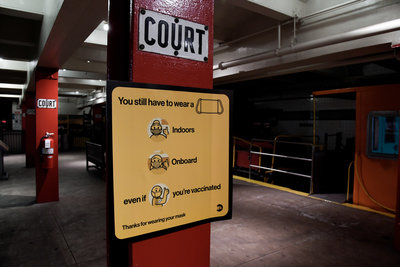The Wilson Wow Factor
Sometimes reality hits home and hard if you’re a football fan.
Around these parts, it hasn’t been pretty rooting for either of the two local football teams since 2012, but there’s a major difference in the perception amongst Jets and Giants fans throughout the city.
The Giants fan is well aware of the history of the franchise, especially the Eli Manning/Tom Coughlin era.
Despite the ugliness over the last nine years, Giants fans can certainly pound their chest over the two Super Bowl victories against the big bad New England Patriots.
Jets fans don’t have the same sort of Lombardi flex. The Jets have had one winning season since 2011, and have not made the postseason since 2010.
News flash: that’s probably not changing this year.
However, there is a sense of optimism because of the presence and performance of rookie quarterback Zach Wilson during the preseason.
Look, you don’t enshrine yourself in Canton Ohio after two preseason games. However, when you consider some of the critiques being lobbed at the Jets rookie quarterback, you can understand fans being on the defensive.
Wilson’s performance in scrimmages early in training camp was weirdly under the microscope. Another news flash: rookie quarterbacks have some rough practices.
Wilson may have struggled in scrimmages, but he has played terrific in the first two preseason games.
That does not mean Zach Wilson is about to dominate his rookie season, but it does mean that you’re allowed to be excited if you root for the New York Jets.
The Jets haven’t given you much to cheer about for the last decade. A whole lot of losing seasons combined with a whole lot of bad feelings sets the bar so incredibly low that any quality play will be celebrated.
The Jets have already had their hearts broken this preseason with news that their biggest signing and most elite pass rusher Carl Lawson is done for the season with a torn achilles.
That’s awful news if you root for the green and white, however the success of this season hinges on the growth and the development of coach Robert Saleh and the quarterback Zach Wilson.
Will the rookie wow you throughout the season? The more times you can say yes, the better off Jets fans will be.
You can listen to my podcast New York, New York on The Ringer Podcast Network on Spotify & Apple Podcasts every Sunday Night, Wednesday Morning & Friday Morning.





